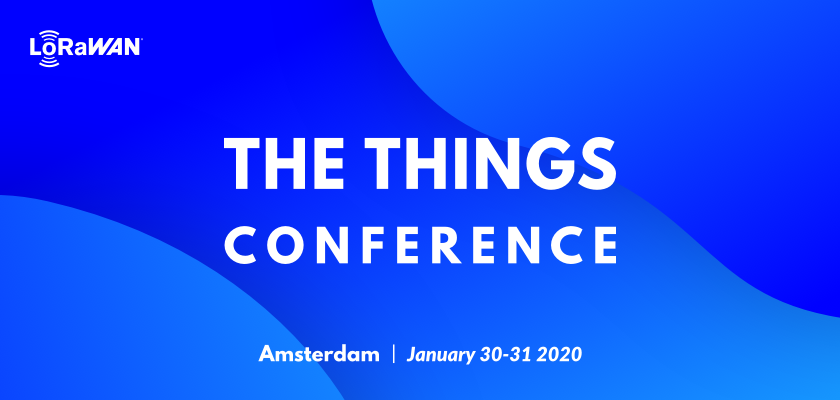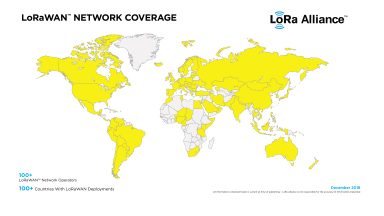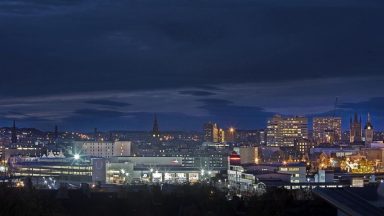Lucy Zodion reflects on the Things Conference 2020, with its account of the event
The Things Conference was held on 30th – 31st January 2020, in Amsterdam, Holland. It labels itself as the World’s Largest LoRaWAN® Conference and sets out to provide those in the IoT and connected things world, a chance to meet and network with industry leaders, learn about the latest and greatest in LoRaWAN® and boost IoT skillsets.
The Conference welcomes over 2000 leaders in IoT, which grows each year. From the enthusiasts and developers making waves in innovation, to the LoRaWAN® trailblazers paving the way for open ecosystems with real use cases and large scale deployments in place, the event welcomed a dynamic mix of delegates.
Lucy Zodion was a sponsor at the event this year, which helped to reinforce our dedication to the open protocol. As advocates of LoRaWAN®, the Things Conference helped us re-engage with our collaborators as well as build new connections with industry peers, to discuss the technology. We also took the time to explore the conference to keep informed on the latest industry trends, technologies, trials and tribulations, where ‘Things’ and their deployment are concerned.

‘Things’ are evolving
At the event it was evident that the LoRaWAN® enthusiasts in attendance were part of a growing community; one that is transitioning into an ecosystem of businesses with innovations that make for effective LoRaWAN® use cases.
Since its launch some three years ago, the Things Conference has organically evolved. From concept to creation, implementation to insights, LoRaWAN® is helping to drive IoT innovation through collaboration, standardisation and openness.
Last year we noted that the Conference had turned a corner, with use cases being shared to reinforce LoRaWAN® as a tangible asset. This year, things have progressed further; we are now seeing credible success stories from a range of LoRaWAN® deployments that have been implemented on large scale.
Diverse range of deployments
We see a great use case for LoRaWAN® in the smart city realm and, more specifically, for street lighting. This has been proven with our mass deployment in Aberdeen of 17,000 Ki. Nodes; the largest in the UK and potentially Europe, is something our Business Development Manager Richard Perry talked about at the event. Not only does this reinforce the technology as a credible solution for smart cities, it also underpins the need for openness and its benefits.
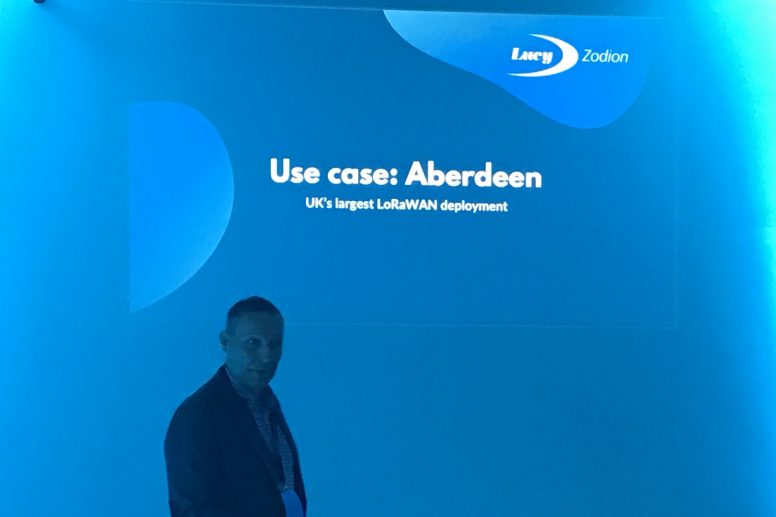
Thanks to the openness of the technology, it is flexible to meet a number of application requirements. At the event we saw LoRaWAN® being implemented to support health services, social housing and even pest control. Individually, all are success stories in their own right, but combined they can help city leaders approach municipal management more holistically and effectively.
The Things Conference was a great platform to highlight this, where the ecosystem was a common factor, supported by many, throughout the event.
An ecosystem that is optimised by openness

With so many different industry types in attendance at the event, it gives us further optimism in how the future looks for the technology. With the solution intrinsically secure, while being optimised by openness, the data connected ‘Things’ are able to gather can provide extremely valuable insights that span across a wide range of urban applications and markets.
Unlocking the potential of urban spaces by aggregating data, produced by a wide range of connected ‘Things’, is what makes the technology exciting. It can enable information sharing for more efficient and effective smart city development; breaking down barriers and opening up the potential for a more considered and collaborative urban improvement plan.
Openness unlocks collaboration
Among its many advantages, the event highlighted just how flexible the technology is in scalability and interoperability; enabling the application of multiple ‘things’ upon a single network. We collaborate with a range of specialists to ensure our solution is interoperable and accessible for the end user; this involves working with network server providers, network operators and gateway vendors to ensure optimum connectivity and communication throughout the ecosystem.
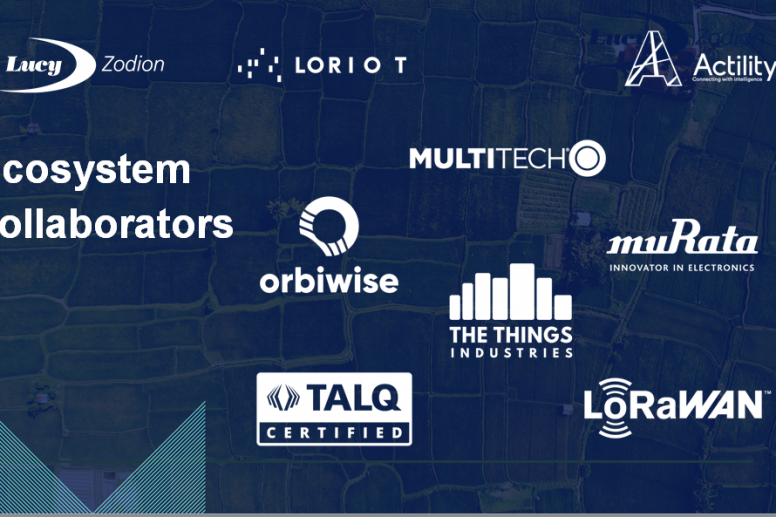
The event presented a huge opportunity for us to understand how collaborating with other innovators would help us to develop solutions that work for our customers. Going beyond illumination, the streetlight can offer so much more through the use of LoRaWAN® technology, which is something we’re keen to explore.
Confidence for the end-user
Of course, the solutions we develop are for the benefit of our customers. We want to help improve citizen quality of life with solutions that help city leaders address municipal challenges. As sustainability and digitisation continue to drive smart city innovation, openness is vital. It can make the control and management of urban assets more efficient and cost effective, while ensuring freedom of choice to integrate other smart devices or sensors as the need of the community grows.
Global LoRaWAN® network coverage is significant and expanding at a rapid pace. Currently, 143 countries have LoRaWAN® Deployments. There are 133 Network Operators in 58 countries and there are 76 member operators worldwide. This, combined with the benefits of openness, should instil great confidence for end-users that the technology is growing in credibility and adoption each day. (information source from LoRaAlliance)
Our ‘Thing’
At the Things Conference 2020, like last year, we had our very own ‘Thing’ installed on the ‘Things wall’ – a showcase of the latest IoT devices that connect and communicate via LoRaWAN. Joined by hundreds of other devices, our ‘Thing’ was the Ki. Node; a smart device that bi-directionally communicates with the Ki. City Platform to aid street lighting control and monitoring, for data evaluation and analysis that generates actionable insights about performance.
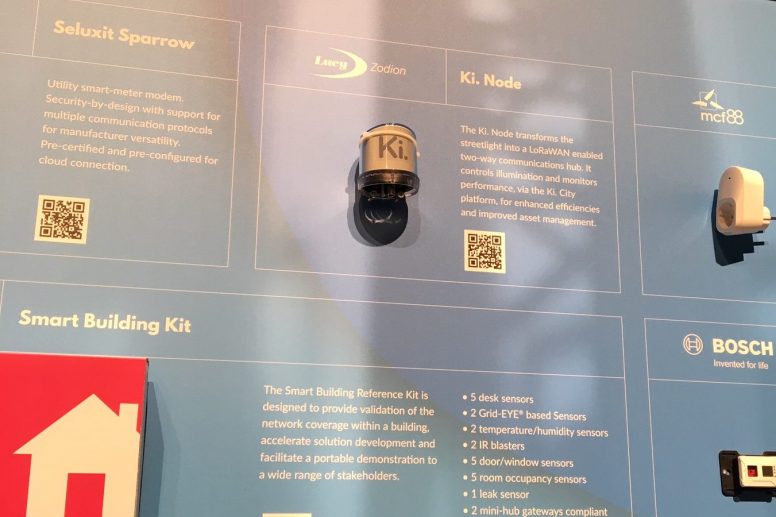
A solution that uses LoRaWAN to optimise openness and unlock the potential of tomorrow’s cities, Ki. is a next generation solution for the next generation of smart cities. For more information about this and any other topic we explore in this post, please contact ki.enquiries@lucyzodion.com
